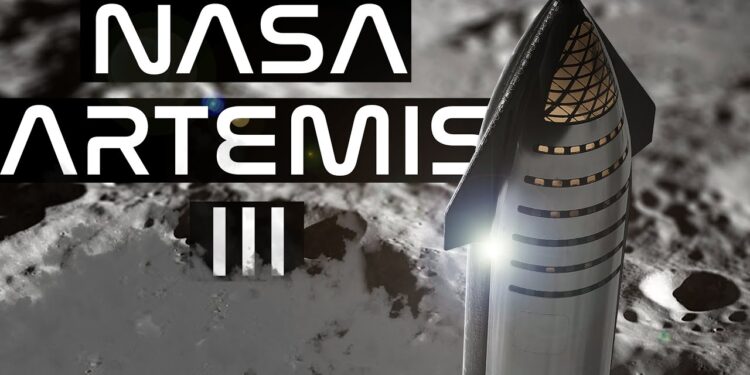Over half a century has passed since humanity first set foot on the Moon, and now, an exhilarating new chapter is about to unfold. NASA, in collaboration with SpaceX, is spearheading an ambitious endeavor to return astronauts to the lunar surface by 2026. This groundbreaking mission, known as Artemis 3, will not only rekindle the spirit of exploration but will also showcase technological advancements that set it apart from the Apollo missions.
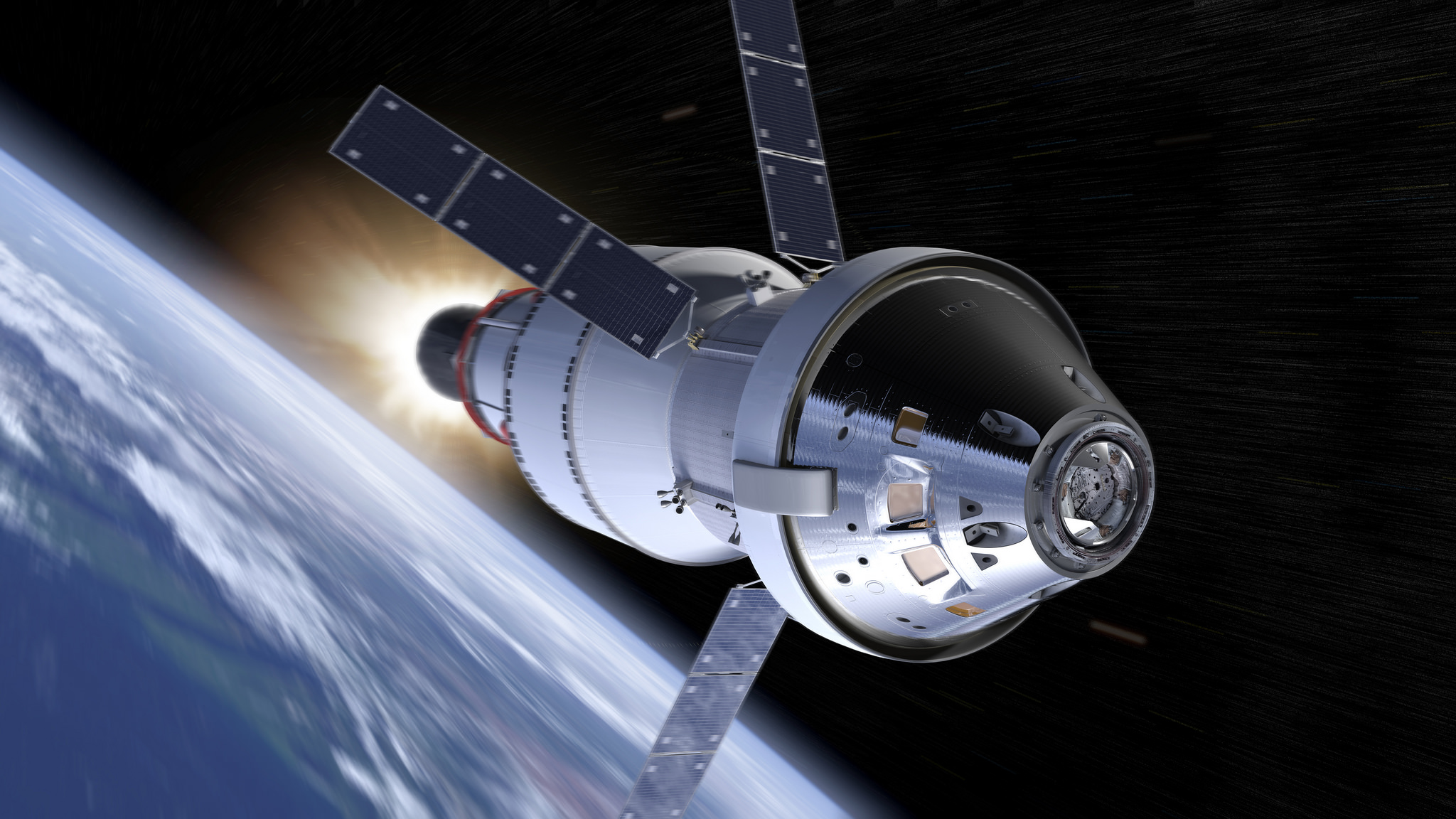
SpaceX’s Starship: The Lunar Lander of Tomorrow
At the heart of this mission is SpaceX’s Starship Human Landing System (HLS), a marvel of modern engineering designed to transport astronauts from lunar orbit directly to the Moon. Unlike any previous lander, the Starship HLS stands as tall as a 15-story building and is equipped with an innovative elevator system that will transport both astronauts and cargo between the Moon and the lander. This high-tech elevator and the vast capabilities of the Starship HLS signal a significant leap forward in space technology.
Preparing for the Lunar Touchdown
Before making its way to the Moon, the Starship HLS must first complete a crucial step: refueling in low Earth orbit. This operation involves a meticulously choreographed dance between two SpaceX crafts—a tanker and the HLS itself. The tanker, loaded with essential propellant, will rendezvous with the HLS, transferring fuel to ensure the lander has enough resources to reach and land on the lunar surface. SpaceX is planning to test this bold manoeuvre as early as March 2025, setting the stage for the subsequent lunar mission.
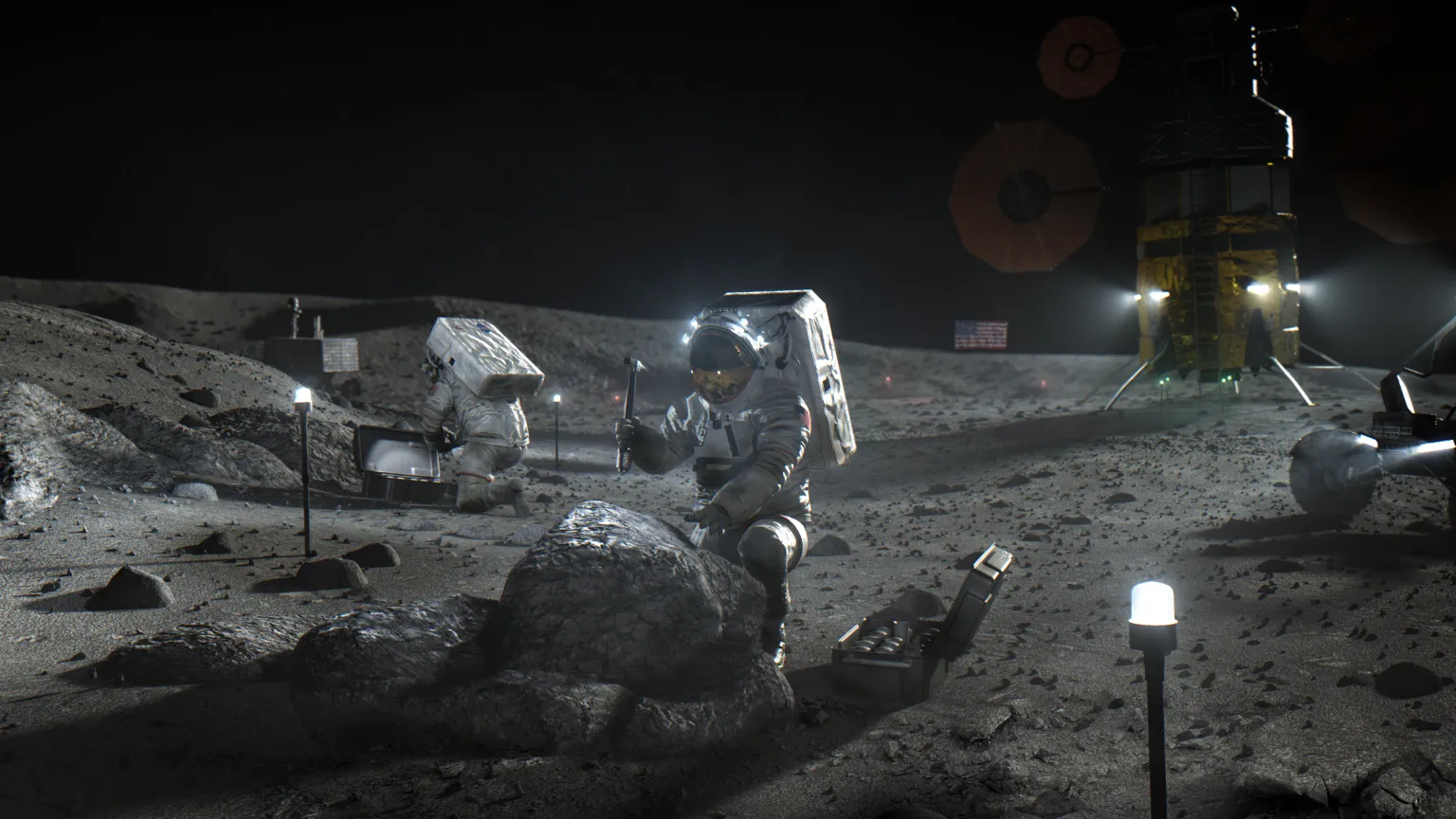
From Orbit to Surface: The Journey of Artemis Astronauts
Once refuelled, the fully equipped Starship will proceed to lunar orbit, where it will meet the Orion spacecraft carrying a crew of four astronauts. From here, two astronauts will transfer to the Starship HLS, ready to make their historic descent to the Moon. Utilizing two of its powerful Raptor engines, Starship will execute a precise braking burn to initiate the landing sequence, demonstrating a new level of precision in lunar exploration.
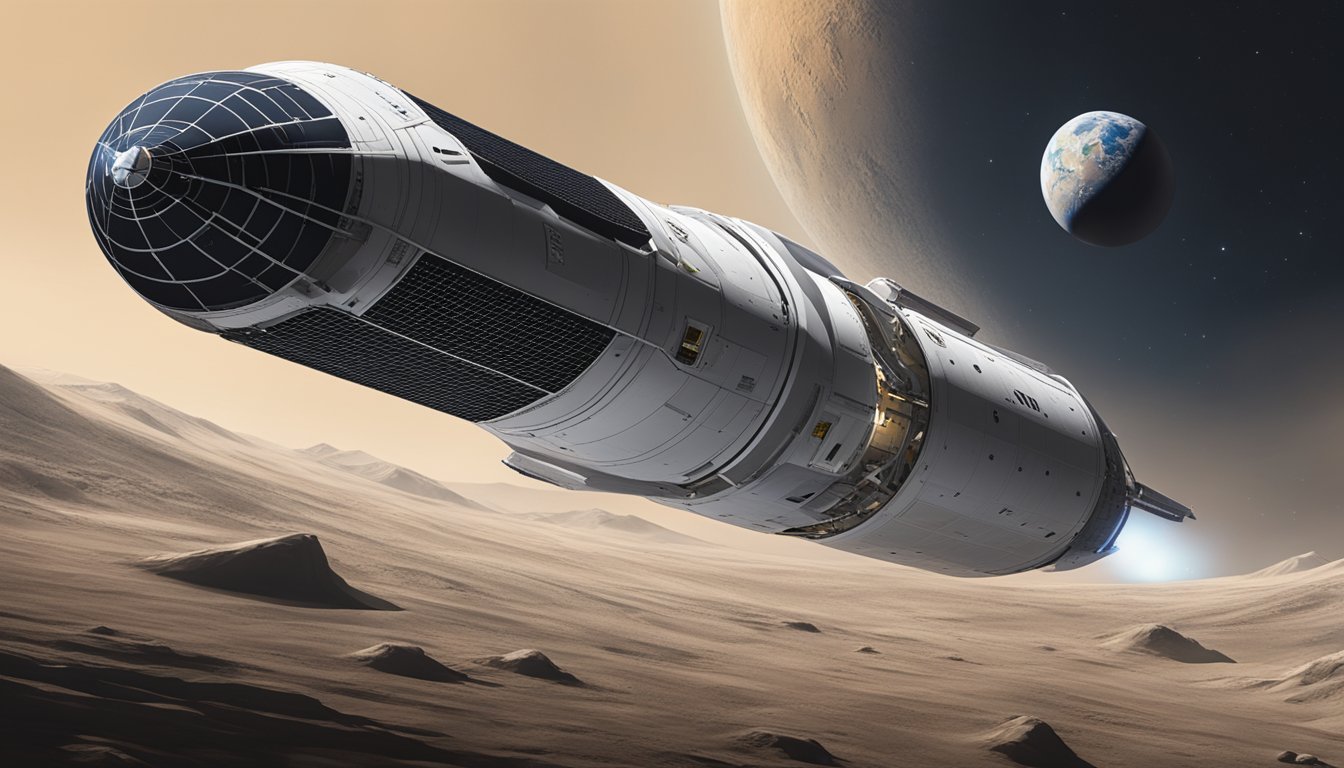
The Future of Lunar Exploration
As the Artemis 3 mission gears up for its monumental journey, preparations are already underway for future missions, including Artemis 4. Slated for a 2028 launch, this mission will see further enhancements to the Starship HLS, enabling it to carry more mass to the lunar surface and to dock with NASA’s planned lunar space station, the Gateway. These developments are crucial as NASA and SpaceX work together to ensure that the Starship HLS not only meets but exceeds the requirements of future lunar exploration.
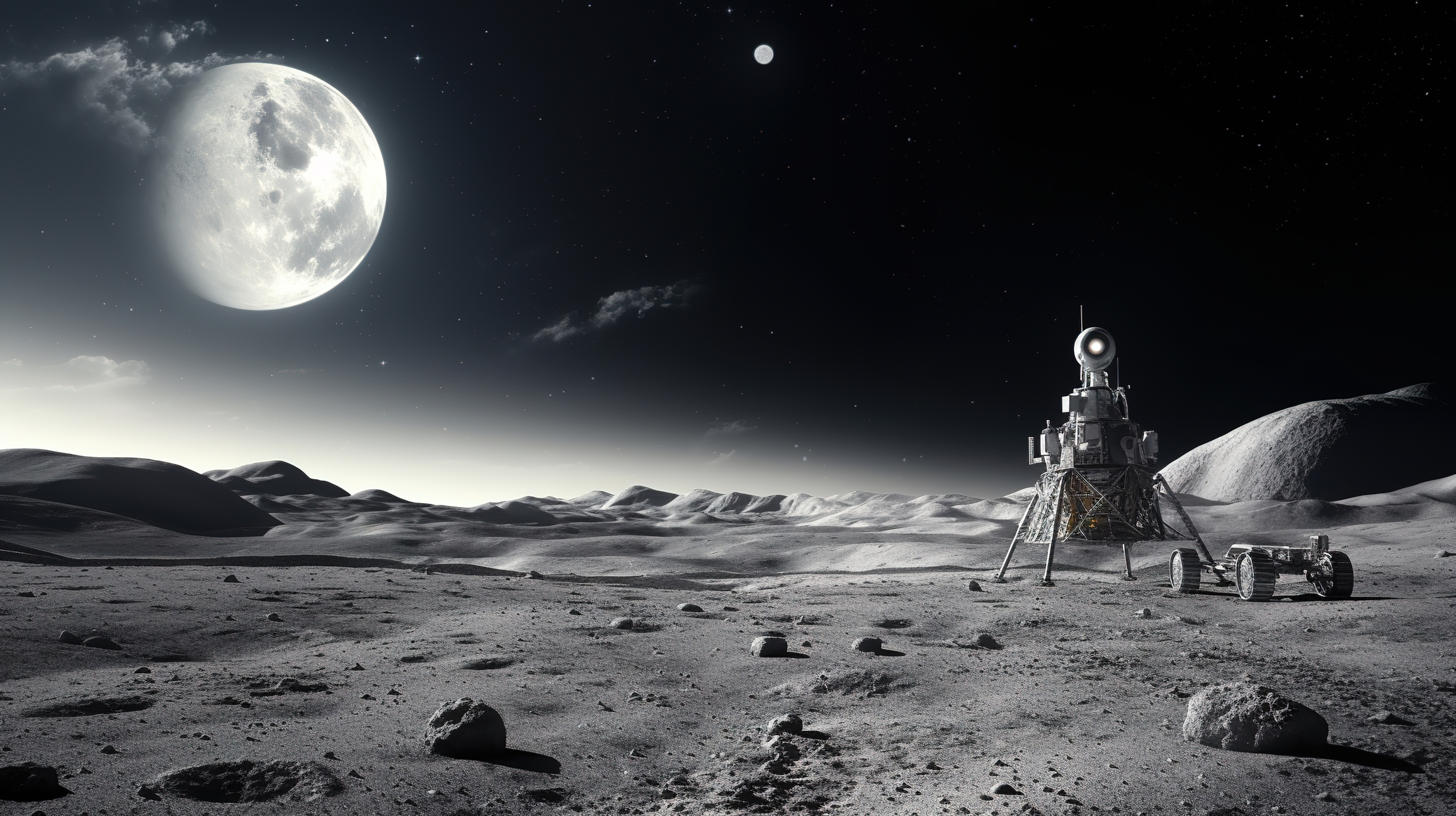
While artistic renderings provide a glimpse into the potential of the Artemis missions, the true test lies ahead. The collaboration between NASA and SpaceX under the Artemis program promises to redefine our approach to space travel, blending the legacy of past moon landings with cutting-edge technology. As SpaceX continues to refine its Starship design, and with NASA’s strategic guidance, the dream of returning to the Moon is transforming into a reality, promising to unlock new scientific discoveries and deepen our understanding of the cosmos.

